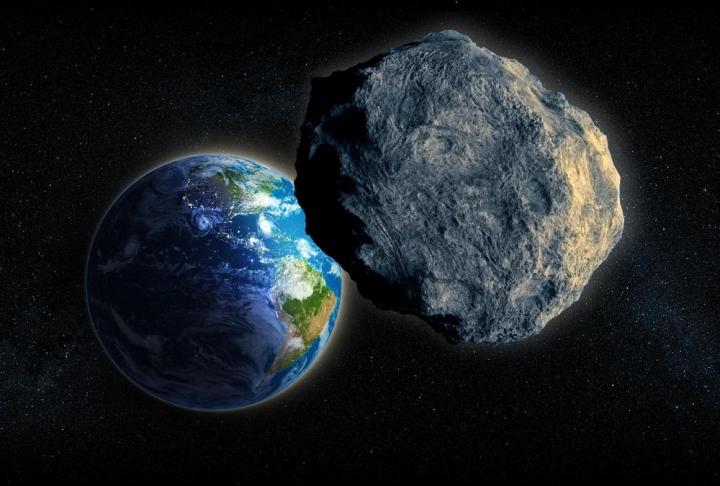
“The NASA surveys are finding something like at least five asteroids every night,” Jet Propulsion Laboratory (JPL) astronomer Paul Chodas told NPR.
“When a telescope first finds a moving object, all you know is it’s just a dot, moving in the sky,” he added. “You have no information about how far away it is. “The more telescopes you get pointed at an object, the more data you get, and the more you’re sure you are how big it is and which way it’s headed. But sometimes you don’t have a lot of time to make those observations.”
Scout is still in its testing phase but, by analyzing data from the Panoramic Survey Telescope & Rapid Response System in Hawaii, it was able to identify the asteroid on the night of October 25-26, according to NPR. Scout’s analysis determined that the asteroid would pass safely by Earth. Three more telescopes confirmed the finding.
Although Scout is primarily focused on locating small objects — last night’s asteroid was somewhere between 5 meters and 25 meters in diameter — its older relative, Sentry, is tasked with identifying asteroids that pose more serious threats to Earth, like the potential to destroy entire cities. Chodas told NPR Sentry has probably identified 25-30 percent of asteroids over 140 meters wide, with a goal of identifying 90 percent. They’re a while off from that goal, but that hunt may be a bit easier when the Large Synoptic Survey Telescope in Chile comes online in the early 2020s.
Scout, of course, it just part of a larger contingency plan NASA and FEMA have for an asteroid collision. “It’s not a matter of if—but when—we will deal with such a situation,” said Thomas Zurbuchen, Associate Administrator for NASA’s Science Mission Directorate in Washington. “But unlike any other time in our history, we now have the ability to respond to an impact threat through continued observations, predictions, response planning, and mitigation.”
Managing evacuation, hysteria, and the effects of the aftermath are all being considered by the two government agencies, and disaster scenarios have been staged to test their readiness.
“It is critical to exercise these kinds of low-probability but high-consequence disaster scenarios,” FEMA Administrator Craig Fugate said. “By working through our emergency response plans now, we will be better prepared if and when we need to respond to such an event.”
Of course, more work is still needed to ensure that Earth and its denizens are fully prepared for such a disaster, and as Motherboard notes, “the plan to save Earth from the next giant asteroid is still woefully disorganized and underfunded.” But now that the not-so-far-fetched notion is getting more attention, things may be looking up.
“We receive valuable feedback from emergency managers at these exercises about what information is critical for their decision making, and we take that into account when we exercise how we would provide information to FEMA about a predicted impact,” said Lindley Johnson of NASA. “These exercises are invaluable for those of us in the asteroid science community responsible for engaging with FEMA on this natural hazard.”
Article originally published in October. Updated on 11-06-2016 by Lulu Chang: Added reports of emergency operation practices for asteroid impact.


